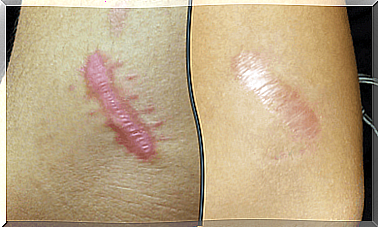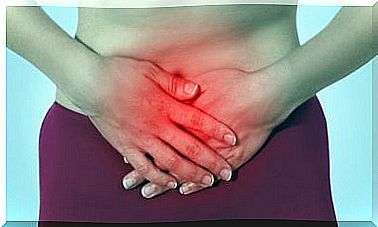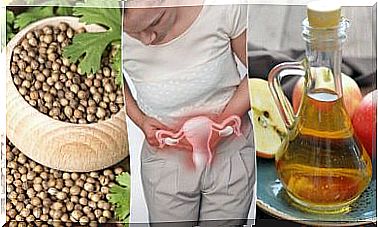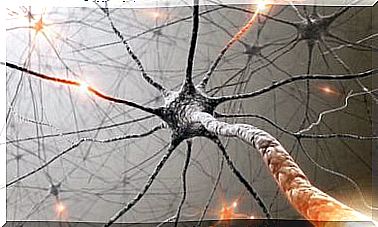A Hysterectomy: What Types Are There?
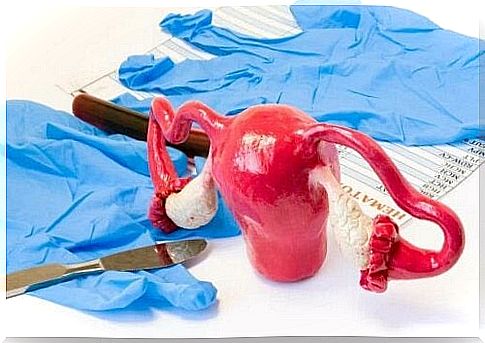
When a surgeon has to remove a woman’s uterus, it is called a hysterectomy. The doctor can choose from several options, always based on the patient’s medical history and health condition.
It is important that the woman also decides which type of hysterectomy she prefers. She must understand that each method will have different consequences.
Having a hysterectomy is a difficult decision. Although there are clear indications for it and it is unavoidable in certain diseases, it is never a pleasant option.
A hysterectomy involves a doctor removing the uterus from a woman’s body. Once the doctor performs the surgery, whatever type it is, the woman loses her ability to reproduce. She can no longer get pregnant in the future.
This is why most countries have specific legislation on this subject, requiring women to give their full and informed consent. No doctor can perform a hysterectomy without the patient’s consent.
Indications for a Hysterectomy

As we mentioned earlier, a hysterectomy is unavoidable in many cases. Unfortunately, some diseases can only be treated by removing the uterus.
Before discussing the different types of treatment, let’s first discuss the most common reasons why this procedure may be necessary.
uterine cancer
This disease is the most common reason why women need a hysterectomy. Although options for chemotherapy and radiotherapy exist, it may be necessary to remove the organ.
Unfortunately, sometimes there are no other treatments and doctors have to perform life-saving surgery. Although uterine cancer treatment has improved significantly in recent years, a hysterectomy is the only option if:
- the disease is only discovered at an advanced stage.
- other treatments have not produced the desired result.
uterine prolapse
A uterine prolapse is when the uterus prolapses from its normal position, which can cause various symptoms and discomfort in women.
If the prolapse is not severe, it can sometimes be repaired through other surgical procedures. But if it affects quality of life, a hysterectomy is an option.
leiomyoma
A uterine leiomyoma is essentially a tumor of muscle and fibrous tissue that develops in the uterine wall. It causes the organ to deform and sometimes painful and heavy bleeding can occur. Removal of the uterus is not the first choice of treatment for this, but may be necessary.
endometriosis
This is when endometrial tissue grows outside the uterus. It is normal to find these cells in the uterus. However, they can cause symptoms outside the womb.
The symptoms and possible treatments are very varied. But if conservative methods fail, a radical hysterectomy should be performed, which involves the removal of almost all female genital organs.
The Consequences of a Hysterectomy

After any type of hysterectomy, a woman will no longer be able to menstruate. This means that she will stop menstruating if the woman is still of childbearing age. The procedure then leads to a premature menopause.
Without menstruation, the woman cannot become pregnant. However, if a woman is already in menopause, she can also undergo a hysterectomy. In those cases, the woman is already infertile, so it doesn’t matter in that regard.
There is a hysterectomy variant in which the ovaries are preserved and the hormonal processes are preserved. Although the menopause does not occur immediately in these cases, the perimenopause stage is early.
Women who have had a partial hysterectomy should continue to have regular cervical screenings. The cervix remains unaffected by this type of procedure, which means that human papillomavirus cancer can still occur.
Types of Hysterectomy
We will now tell you about the different types of interventions that are available. Access routes and techniques should be established by the surgeon. The options here include:
- surgery through the abdominal wall or the vagina.
- a traditional incision or a laparoscopy.
The doctor can also choose from various options, which depend on the disease process and the wishes of the patient. The different options are:
- Total: A total hysterectomy, also known as a simple hysterectomy. The surgeon removes the entire uterus from the woman’s body but leaves the ovaries and fallopian tubes intact.
- Subtotal: In this procedure, the cervix remains intact and the surgeon removes only the upper part of the uterus. Here too, the fallopian tubes and ovaries remain intact.
- Radical: This is the most aggressive type of hysterectomy. Here, the surgeon removes the entire uterus as well as the ovaries and fallopian tubes. After surgery, menstruation stops and menopause begins.
Summarized
There are therefore several options for performing a hysterectomy. The doctor will advise the best approach for the individual situation. However, it is always up to the woman whether or not to give permission.


